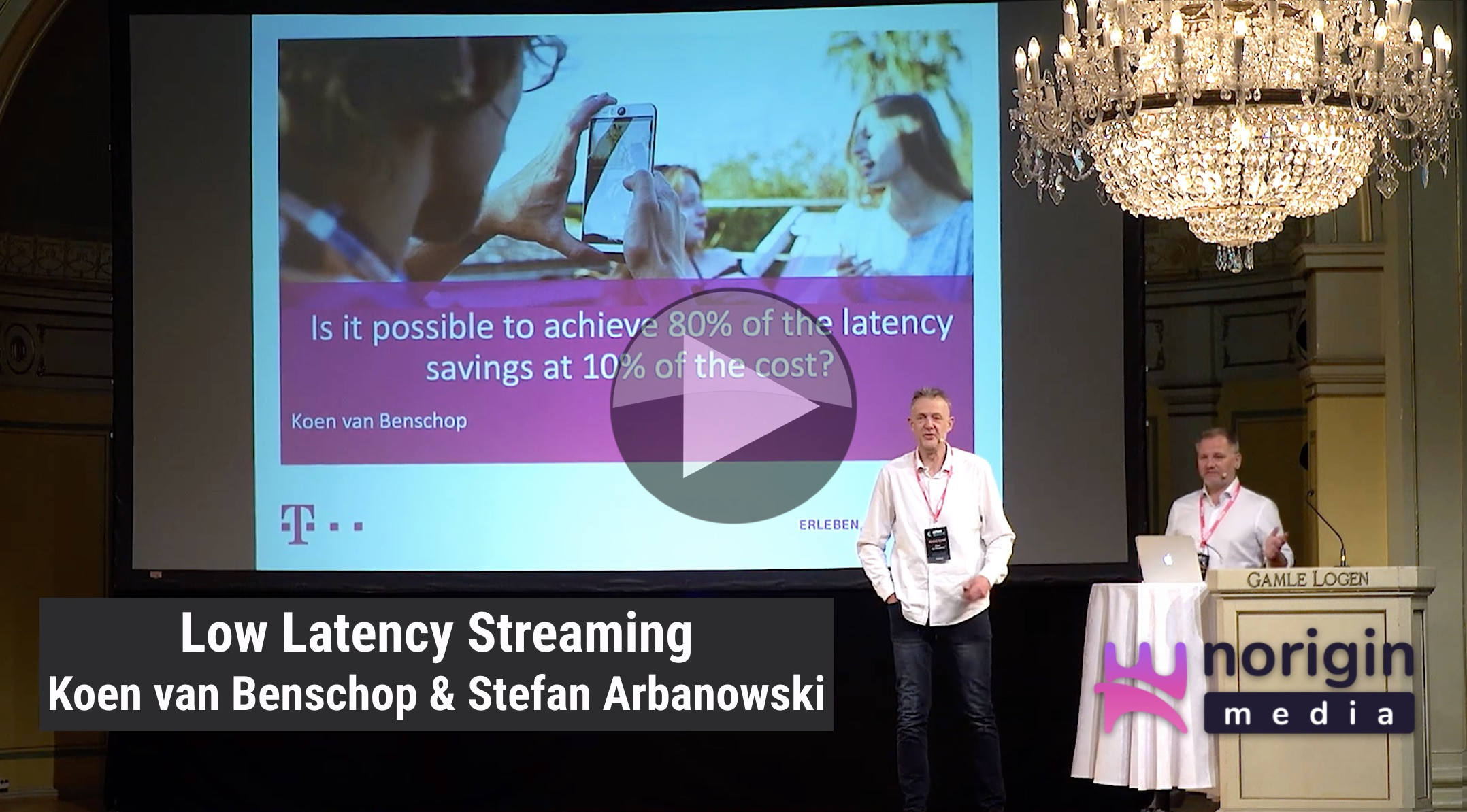As IP continues to infiltrate all aspects of the broadcast industry, this panel asks how close we are to all-IP TV delivery, what that would actually mean and how what technologies exist to get us there. As we’ve seen in contribution and production, IP brings with it benefits to those that embrace it, but not all of those benefits apply to every business so this panel considers where the real value actually lies.
Pedro Bandeira from Deutsche Telekom, Rob Suero from RDK, Xavier Leclercq from Broadpeak joins Wyplay’s Dominique Feral in this discussion moderated by Andreas Waltenspiel. The discussion starts with the motivations to move to IP with Pedro explaining that the services he delivers are viewed by the viewers alongside the big internet-delivered services like Netflix. As such, he needs access to the same technologies and sees a lot of innovation in that sphere. This is why he’s advocating a move away from multicast delivery of video to unicast; delivering with exactly the same technologies the giants are using.
For Pedro, streaming technology is an enabler, not a differentiator. As the foundation of his service, he wants it to be rock solid so feels the choice of partners to provide the technology is very important as he intends to benefit from incremental improvements as the base technologies improve. Part of the flexibility that unicast technologies provide, says Pedro, is removing the baggage of older technologies. He sees these as a burden when he wants the same service and quality of experience on devices as well as STBs.
Rob from Broadpeak feels that Multicast, or specifically Multicast-ABR is a really interesting technology because of the scalability and network efficiency which Pedro is willing to sacrifice to access other streaming technologies. Multicast ABR, however, delivers to the home as multicast so the impact on the telco network is minimised and only in the home is the service translated into a standard stream like HLS or DASH. In principle this allows companies like Deutsche Telekom to use the technologies he’s interested in whilst also delivering with network efficiency.
“A great technology for transitioning” is Pedro’s view of ABR Multicast. If we had the bandwidth, he feels no one would bother using it. However, he does agree that it’s useful in those markets whether the infrastructure can’t support a pure unicast offering and he does see ABR Multicast being part of his delivery strategy. He would prefer to avoid it as it requires home gateways and vendor support as well as being another point of failure. With 50 million homes in Europe on IPTV, there are plenty of services to transition.
The conversation then turns to RDK, the generically titled Reference Development Kit which is the name of an open source project, Rob explains, which abstracts the creation of new OTT apps and services from the underlying vendor equipment meaning you don’t have to develop software for each and every device. Removing the ties to OEMs keeps costs down for operators and allows them to be more agile. Dominique explains how writing with RDK may be free, but that doesn’t mean it’s easy and points to an experience where Wyplay shaved 6 seconds of latency off a customer’s service by optimising the way the app was written. At the end of the day, Dominique sees the route to a good, low-latency service as a fight with all aspects of the system including the encoder, packaging protocol, CDN, DRM latency and much more. This means optimising RDK is just part of a wide package of services that companies like Wyplay can offer.
The panel concludes by talking about learning RDK, upskilling colleagues, bringing them along on the journey to all-IP and offering advice to those embarking on projects.
Watch now!
Speakers
 |
Pedro Bandeira VP Product & New Business, Europe, Deutsche Telekom |
 |
Rob Suero Head of Technology, RDK |
 |
Dominique Feral Chief Sales & Marketing Officer, Wyplay |
 |
Xavier Leclercq Head of Business Development, Broadpeak |
 |
Moderator: Andreas Waltenspiel Founder & GM, Waltenspiel Management Consulting |





